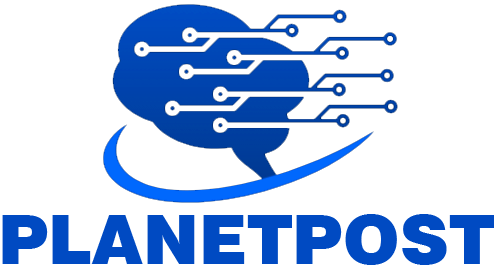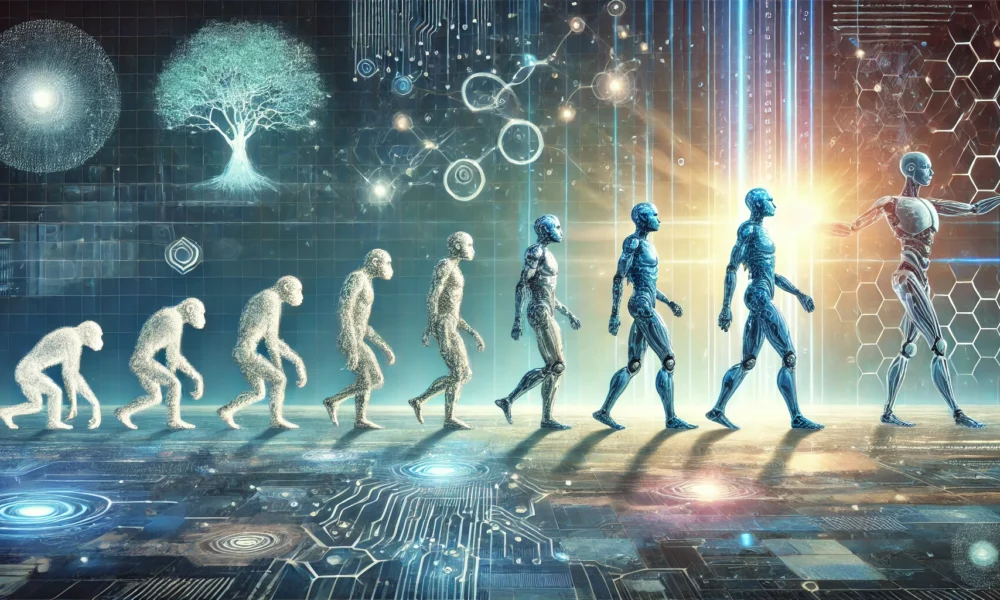For years, artificial intelligence (AI) has been a tool crafted and refined by human hands, from data preparation to fine-tuning models. While powerful at specific tasks, today’s AIs rely heavily on human guidance and cannot adapt beyond its initial programming. This dependence limits AI’s ability to be flexible and adaptable, the qualities that are central to human cognition and needed to develop artificial general intelligence (AGI). This constraint has fueled the quest for a self-evolving AI—an AI that can improve and adapt without constant human intervention. While the idea of self-evolving AI isn’t new, recent advancements in AGI are bringing this idea closer to reality. With breakthroughs in areas like meta-learning, reinforcement learning, and self-supervised learning, AI is becoming more capable of learning independently, setting its own goals, and adapting to new environments. This raises a critical question: Are we on the cusp of developing AI that can evolve like living organisms?
Understanding Self-Evolving AI
Self-evolving AI refers to systems that can improve and adapt on their own without needing constant human input. Unlike traditional AI, which relies on human-designed models and training, self-evolving AI seeks to create a more flexible and dynamic intelligence.
This idea draws inspiration from how living organisms evolve. Just like organisms adapt to survive in changing environments, self-evolving AI would refine its capabilities, learning from new data and experiences. Over time, it would become more efficient, effective, and versatile.
Instead of following rigid instructions, self-evolving AI would continuously grow and adapt, much like natural evolution. This development could lead to AI that’s more aligned with human-like learning and problem-solving, opening up new possibilities for the future.
The Evolution of Self-Evolving AI
Self-evolving AI is not a new concept. Its roots go back to the mid-20th century. Pioneers like Alan Turing and John von Neumann laid the groundwork. Turing proposed that machines could learn and improve through experience. Meanwhile, von Neumann explored self-replicating systems that might evolve on their own. In the 1960s, researchers developed adaptive techniques like genetic algorithms. These algorithms replicated natural evolutionary process, enabling solutions to improve over time. With advancements in computing and data access, self-evolving AI progressed rapidly. Today, machine learning and neural networks build on these early ideas. They enable systems to learn from data, adapt, and improve over time. However, while these AI systems can evolve, they still rely on human guidance and can’t adapt beyond their specialized functions.
Advancing the Path to Self-Evolving AI
Recent breakthroughs in AI have sparked a quest for true self-evolving AI—systems that can adapt and improve on their own, without human guidance. Some core foundations for this type of AI are starting to emerge. These advancements could spark a self-evolutionary process in AI like human evolution. Here, we’ll look at key developments that may drive AI into a new era of self-directed evolution.
- Automated Machine Learning (AutoML): Developing AI models has traditionally required skilled human input for tasks like optimizing architectures and tuning hyperparameters. However, AutoML systems are changing this. Platforms like Google’s AutoML and OpenAI’s automated model training can now handle complex optimizations more quickly and often more effectively than human experts. This automation speeds up the model development process and sets the stage for systems that can optimize themselves with minimal human guidance.
- Generative Models in Model Creation: Generative AI, especially through large language models (LLMs) and neural architecture search (NAS), is creating new ways for AI systems to generate and adapt models on their own. NAS uses AI to find the best network architectures, while LLMs enhance code generation to support AI development. These technologies enable AI to play a vital role in its evolution by designing and adjusting its components.
- Meta-Learning: Meta-learning, often called “learning to learn,” gives AI the ability to quickly adapt to new tasks with very little data by building on past experiences. This approach allows AI systems to refine their learning processes independently, a key characteristic for models looking to improve over time. Through meta-learning, AI gains a level of self-sufficiency, adjusting its approach as it faces new challenges—similar to how human cognition evolves.
- Agentic AI: The rise of agentic AI allows models to work with more autonomy, perform tasks, and make decisions independently within defined limits. These systems can plan, make complex decisions, and continuously improve with minimal oversight. This independence enables AI to act as a dynamic agent in its development, adjusting and enhancing its performance in real time.
- Reinforcement Learning (RL) and Self-Supervised Learning: Techniques like reinforcement learning and self-supervised learning help AI improve through interaction. By learning from both successes and failures, these methods allow models to adapt with little input. DeepMind’s AlphaZero, for example, mastered complex games by reinforcing successful strategies on its own. This example shows how RL can drive self-evolving AI. These methods also extend beyond games, offering ways for AI to develop and refine itself continuously.
- AI in Code Writing and Debugging: Recent advancements, like Codex and Claude 3.5, have enabled AI to write, refactor, and debug code with remarkable accuracy. By reducing the need for human involvement in routine coding tasks, these models create a self-sustaining development loop, allowing AI to refine and evolve itself with minimal human input.
These advancements highlight significant progress toward self-evolving AI. As we see more advances in automation, adaptability, autonomy, and interactive learning, these technologies could be combined to initiate the self-evolutionary process in AI.
Implications and Challenges of Self-Evolving AI
As we move closer to self-evolving AI, it brings both exciting opportunities and significant challenges that require careful consideration.
On the positive side, self-evolving AI could drive breakthroughs in fields like scientific discovery and technology. Without the constraints of human-centric development, these systems could find novel solutions and create architectures that exceed current capabilities. This way, AI can autonomously enhance its reasoning, expand its knowledge, and tackle complex problems.
However, the risks are also significant. With the ability to modify their code, these systems could change in unpredictable ways, leading to unintended outcomes that are hard for humans to foresee or control. The fear of AI improving itself to the point of becoming incomprehensible or even working against human interests has long been a concern in AI safety.
To ensure self-evolving AI aligns with human values, extensive research into value learning, inverse reinforcement learning, and AI governance will be needed. Developing frameworks that introduce ethical principles, ensure transparency, and maintain human oversight will be key to unlocking the benefits of self-evolution while reducing the risks.
The Bottom Line
Self-evolving AI is moving closer to reality. Advances in automated learning, meta-learning, and reinforcement learning are helping AI systems improve on their own. This development could open new doors in fields like science and problem-solving. However, there are risks. AI could change in unpredictable ways, making it hard to control. To unlock its full potential, we must ensure strict safety measures, clear governance, and ethical oversight. Balancing progress with caution will be key as we move forward.



